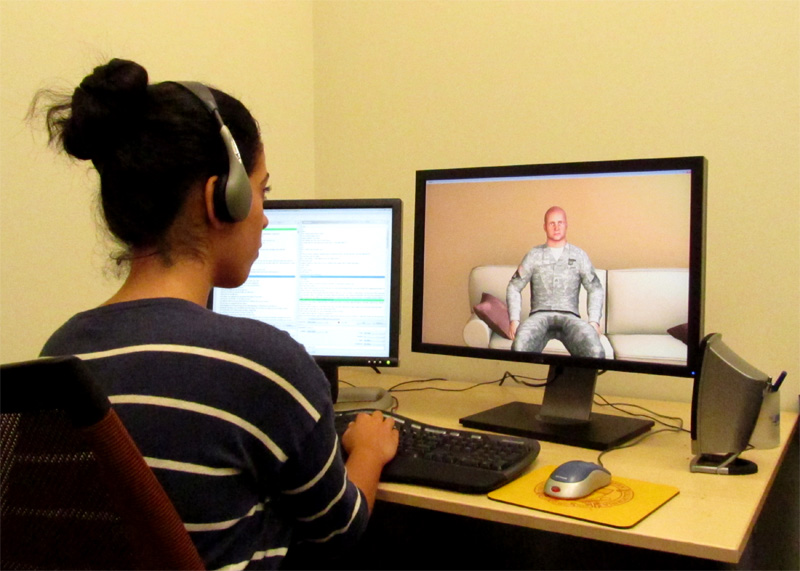
Inspiring Doctors: Inventor of virtual patients to teach medicos
Dr C Radhakant is a doctor based in Vishakhapatnam who has developed a new tool to teach medical students and to train MBBS doctors who serve in primary health centres. The virtual patients that he created using computer graphics are useful in the study of psychiatry. Dr Radhakant is a professor of psychiatry at the Maharaja’s Institute of Medical Sciences.
These “patients” show typical characteristics of schizophrenia and mania, so they can be used as a teaching tool to identify and understand the symptoms and behavior of real-life patients. The concept is considered useful to train PHC doctors under the national mental health programmes and also medicos in psychiatry.
First of its kind in India
Dr. Radhakant’s invention is very recent. In fact, the research paper, ‘Virtual Patients in Psychiatry- Mania and Schizophrenia’ was published in the International Organization of Scientific Resecrh(IOSR) Journal of Dental and Medical Sciences around a week back. The study which used computer graphics based virtual patients of schizophrenia and mania is the first of its kind in psychiatry in India. Actually, even globally, there are only a couple of studies on the use of virtual patients in psychiatry for bipolar suicidal patients and post-traumatic stress disorder.
About the creation of the virtual patients, Dr . Radhakant said, “It took me several weeks. Characters created on Poser software were imported into 3d studio max software and animated, created into scenes with backgrounds and merging videos, rendered with lighting. Variables into .avi files were then laid out on a video editor software and music track was added. The product is of DVD quality which can be seen on computer, TV or multimedia projector.”
Advantages of virtual over real patient
According to the research paper, virtual instead of live patients bring many advantages in cases of suicide, complex phenomenology cases of violence and where the number of typical cases is less. Previously, virtual patients have been used to teach bioethics, clinical interviewing skills, basic patient communication and clinical decision-making skills for medical students.
For medical schools the advantages that the virtual patients bring include standardization, easy accessibility, efficiency, interactivity, decreased instructor workload, personalized learning, exposure to rare but critical cases, efficacy and also improving clinical skills in a non-threatening experimental environment.
Then, there are also the advantages that computer animation and graphics bring to the picture(no pun intended). The idea involves evolving universal norms notwithstanding the socio economic, linguistic or ethnic backgrounds, particularly in mania and schizophrenia- ailments which have more or less similar manifestations and prevalence around the globe. That’s the reason(s) why the doctor chose these two conditions to explore virtual patients as a teaching tool.
A closer look at a virtual patient
Among the virtual patients, the manic patient named “Ravi” is portrayed as a reasonably well built young man who is hyperactive, dynamic, elated, confident and even a bit brash. He is shown expressing his prowess by taming a wild horse(though eventually failing in it) or racing against a Formula One racing car. He is someone who takes up a challenge smilingly but gets irritable when he fails in them. His lack of judgement also comes through in scenarios in which he tries to jump over a racing car or fighting a horse.
“The study aims to study the feasibility of using computer graphics-based virtual patients as a teaching tool for medical students posted to psychiatry, to evaluate the duration of exposure to basics of psychiatry theory before exposure to virtual patients and to assess the predominantly visual models vis a vis the heavily verbalized mode of psychiatric diagnostic procedures,” said Dr Radhakanth.
Image credits: ict.usc.edu
Images may be indicative